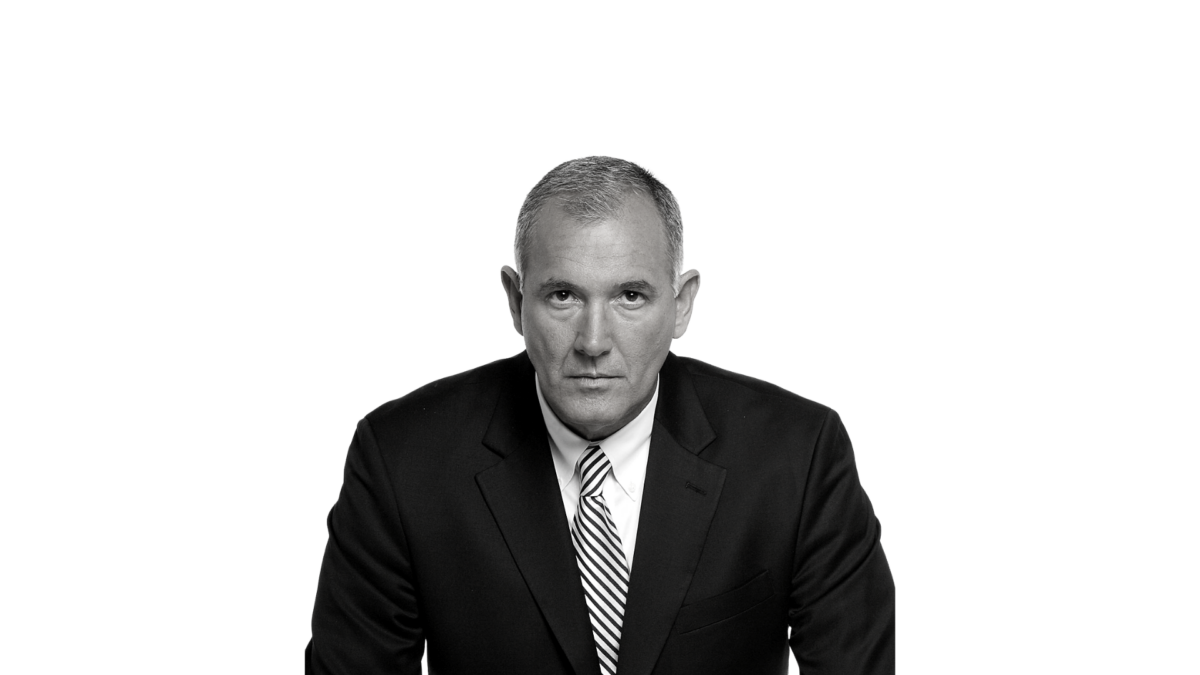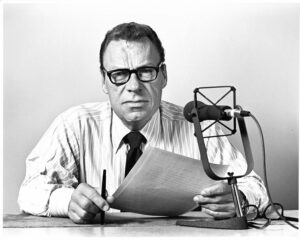“Reading body language accurately has many advantages. Detecting hidden aggression is one of them.” -Greg Williams, The Master Negotiator & Body Language Expert.
“Never Again Be Vulnerable To Hidden Body Language Aggression“
One member of a negotiation team said to the other, that meeting became ruckus quickly. At first, I couldn’t tell if the other side’s leader was being passive-aggressive, or if he perceived our proposals to be inappropriate or repulsive. But then, I knew he was upset by the body language gestures he emitted. They pointed towards outright aggression. That’s when I knew things were about to get ugly. What body language signs did you observe that indicated he was about to become aggressive, was the question asked by the man’s associate.
When someone’s about to become aggressive, do you know what signs to note? It’s essential to be able to understand the nonverbal and body language signals that indicate imminent hostilities. Doing so will allow you the time to deflect or redirect such efforts. Continue, and you’ll discover five body language signals that foretell pending aggression.
Blustering:
“I’m going to put my foot so far up your rear that it’ll come out of your mouth.” “Yeah! And what do you think I’ll be doing while you’re trying to put your foot up my rear?” Blustering occurs in many forms. When it’s verbal, it’s easy to see and understand. Because words are used to convey one’s sentiments, which decreases the misperception of one’s intent. But blustering also occurs through one’s body language. A person portrays it by puffing out their chest, extending the outreach of their arms on both sides, and even in the stance that slightly projects one foot slightly ahead of the other. In each instance, that person is positioning himself for the pending aggression that’s he’s considering. And, depending on how heated the environment, he may not be consciously aware of the behaviors he’s committing. And that’s why you should take note. By doing so, you’ll have the opportunity to temper his behavior before it reaches the point of uncontrollability.
Eyes:
Darting – When someone is agitated, and they begin quickly scanning the environment with their eyes, they’re in assessment mode. This gesture alone does not indicate pending aggression on this person’s behalf. But coupled with other signs such as flaring nostrils, protruding chin, and fist/hand flexing, darting eyes lends more credence to the probability that pending aggression is increasingly heightening.
Narrowing – When someone’s eye focus becomes narrow, they’re lending more emphasis on the subject of their attention. That means they’re blocking out other distractions to assess what they might do next to thwart the unpleasantness they’re experiencing. When you see someone narrowing their eyes on you, raise your awareness of their pending intent. They may be in the process of becoming aggressive.
Pupil Dilation – Pupil dilation is another silent display that someone exhibits when they get excited. Dilation can occur from the natural excitement one experiences from being in a pleasant environment too. But you can instinctively tell by someone’s demeanor if they’re happy or agitated. That’s also the insight to seek to determine if they’re becoming annoyed by an adverse action they perceive stemming from you.
Flaring Nostrils:
Nostril flaring is one of the most telling signs indicating pending aggression. A person flares their nostrils as a way to get more oxygen into their bloodstream. And in adverse situations, that can be the preparation leading to aggression. The more the person engages in that act, the more they’re preparing to become aggressive.
Chin/Jaw:
An outward thrust chin is a silent signal stating that the owner of the action is displaying his desire to take a portion of your space. Conversely, when people tuck their chin, they’re demonstrating the need to protect themselves. Thus, you should perceive the outward thrust of someone’s jaw as saying, I’m not afraid of you. If they take a step(s) towards you while displaying that gesture, they’re becoming more defiant and more aggressive. You can stand your ground or back up. If you hold your position, you’ll be stating with your action that you’re not afraid of them either – now what? In either case, be aware of where tension resides and adopt the measure that’s best suited to combat it.
Hand/Fist:
Flexing – If you observe someone flexing their hand in a negative environment, it may be an indication that they’re attempting to loosen up to get more blood flowing to that part of their body.
Tightening – When someone becomes excessively exasperated, they stiffen their hands, which can turn into fists. Thus, while observing the beginning of someone’s hands flexing, note the moment when their hands turn into fists. A heightening in potential aggression has occurred at that moment. And the person may be a moment or so from lashing out at you.
Reflection:
Like a snake, you can observe the lynchpin behavior of someone that’s in the process of striking out at you. In the snake’s case, it emits signals through its rattle, warning you of pending danger. Then, if you don’t vacate the surroundings, he strikes you. The same is true of a human. Initially, he gives warning through his body language to get you to back off. And, if you’re persistent at making him feel uneasy, he’ll strike at you.
To avoid harm’s way, note the mentioned signs that lead to aggression. As soon as you sense a verbal or physical attack is imminent, become more observant about the pace of its escalation. And remove yourself from the environment if possible. If that’s not possible, adopt a posture that’s more or less threatening than what’s confronting you. And be aware of the effect this has on your nemesis. In some cases, it will cause him to increase his efforts. In other situations, it may be the form of de-escalation needed to subdue an explosive situation that’s in the making. Know the difference to determine the best action to adopt. Because the optimum word is control – and everything will be right with the world.
Remember, you’re always negotiating!
Listen to Greg’s podcast at https://anchor.fm/themasternegotiator
After reading this article, what are you thinking? I’d like to know. Reach me at Greg@TheMasterNegotiator.com
To receive Greg’s free “Negotiation Tip of the Week” and the “Sunday Negotiation Insight” click here http://www.themasternegotiator.com/greg-williams/
#BodyLanguage #Aggression #vulnerable #Negotiate #Business #SmallBusiness #Negotiation #Negotiator #NegotiatingWithABully #Power #Perception #emotionalcontrol #relationships #BodyLanguageExpert #HowToNegotiateBetter #CSuite #TheMasterNegotiator #ControlEmotions #GregWilliams #success #negotiationexamples #Negotiationstrategies #negotiationprocess #negotiationskillstraining #negotiationtypes #negotiationpsychology #Howtowinmore #self-improvement #howtodealwithdifficultpeople #Self-development #TheMasterNegotiator #Howtocontrolanegotiation #howtobesuccessful #HowToImproveyourself












